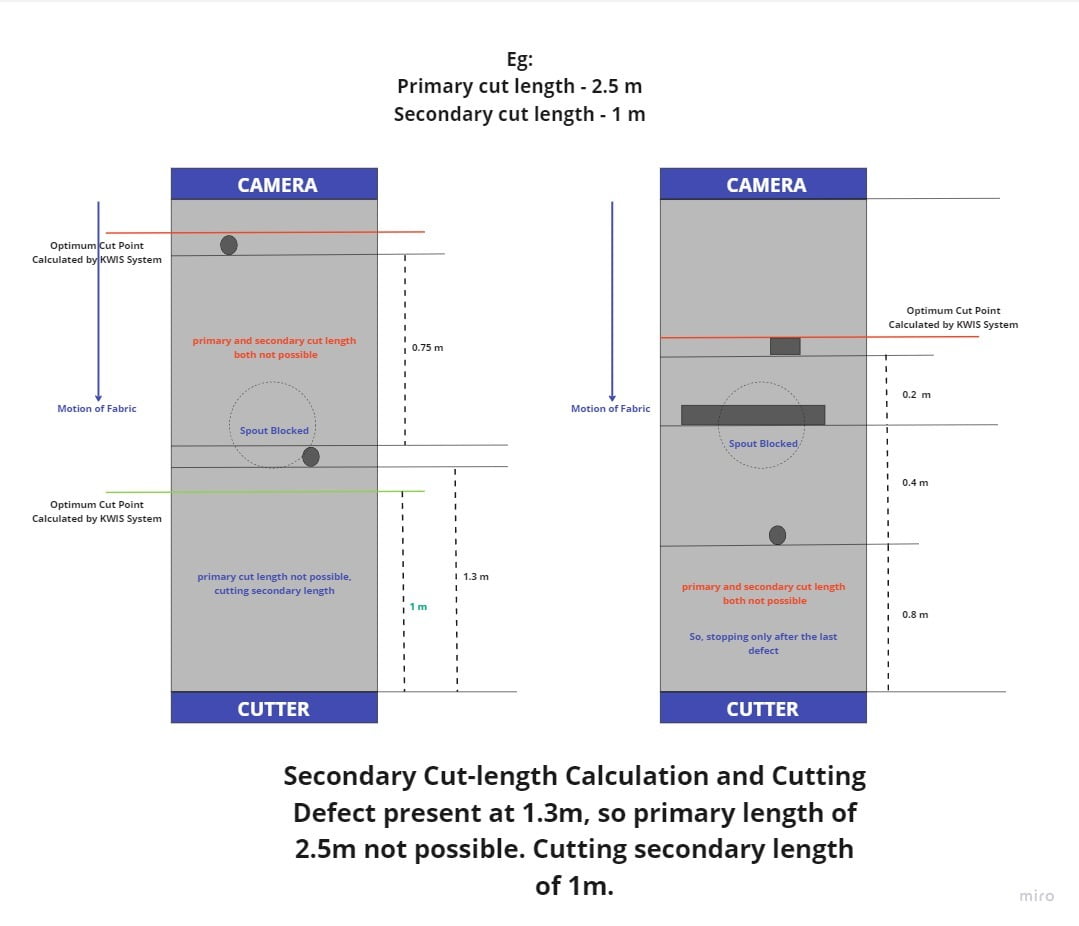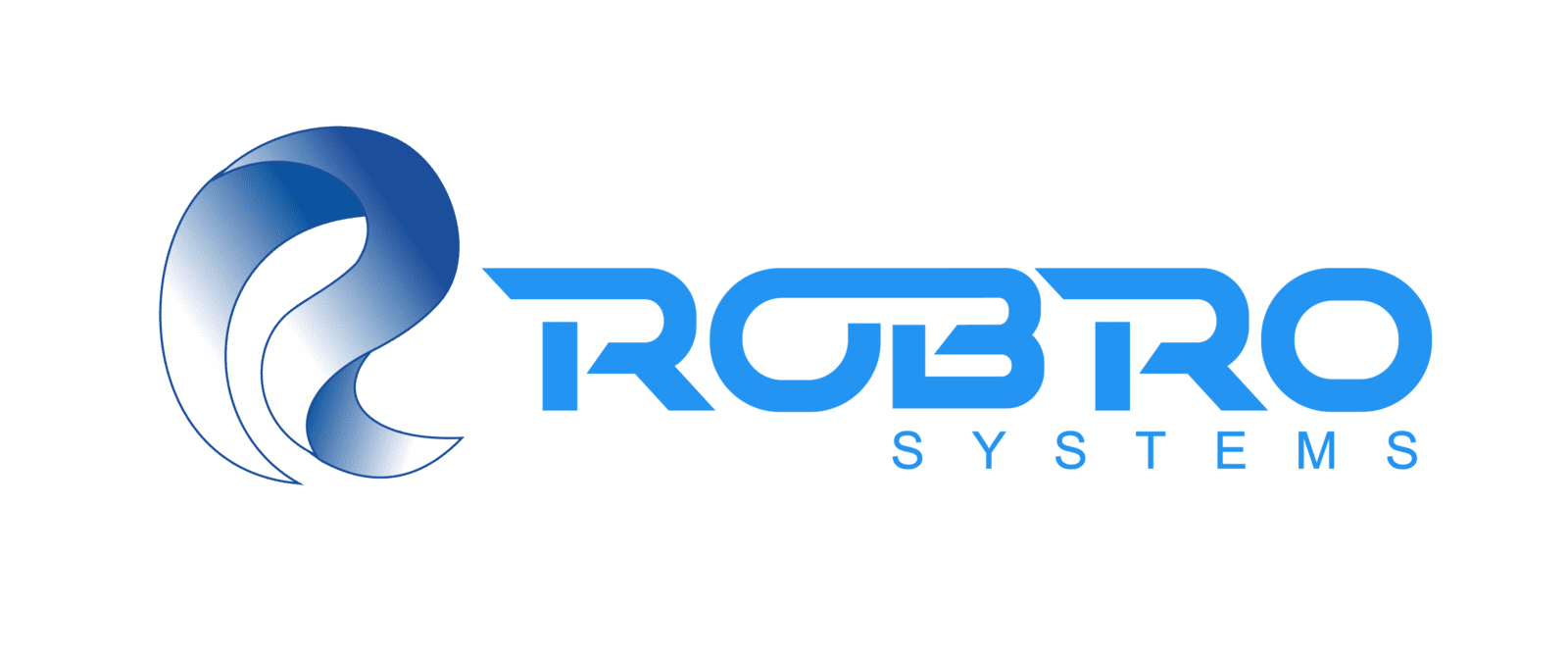
Introduction: The cutting process in the Flexible Intermediate Bulk Container (FIBC) industry is critical for ensuring the quality and efficiency of the final product. FIBC manufacturers face challenges with fabric faults, manual inspection inefficiencies, and wastage of good fabric. This case study presents how the implementation of the Kiara Web Inspection System, an AI-powered vision solution, transformed their cutting process, leading to enhanced accuracy, reduced waste, and increased production efficiency.
Problem Area: The FIBC manufacturer encountered several challenges in their cutting process:
Fabric Faults: Identifying fabric faults during cutting was a time-consuming and error-prone manual task.
Wastage of Good Fabric: Late action on defect identification resulted in wastage of good fabric, impacting production costs.
Manual Inspection: Manual inspection processes were slow and prone to human errors, leading to missed defects and bag rejections.
Shortfall and Rejections: Missed defects caused shortfalls in bag production and increased rejections.
Solution: Robro Systems' Kiara Web Inspection System, an AI vision solution, was implemented to address the challenges faced by the FIBC manufacturer.
Identifying Defects: The Kiara Web Inspection System accurately identified all fabric defects, leaving no room for errors or missed defects.
Optimal Cutting: With the Kiara system, the FIBC cutting process was optimized, ensuring minimal wastage of good fabric.
Salvage Action: The system intelligently blocked spout cutting upon detecting defects, allowing maximum salvage of fabric.
Business Outcome: The implementation of the Kiara Web Inspection System brought significant improvements to the FIBC manufacturer's cutting process:
Accuracy & Quality: The Kiara system achieved an impressive accuracy rate of 97-99%, ensuring the production of high-quality FIBC bags.
Labor Cost & Production Speed: The elimination of the manual inspection step resulted in increased production speed and reduced labor costs.
Waste Reduction: The Kiara system led to approximately 50% reduction in waste for side panels, 65% for U-panels, and 50%+50% for tubular sections.
Production Insights: Real-time insights provided by the Kiara system empowered the manufacturer to make informed decisions, optimizing the production process further.

